What is Retro Revival in Interior Design? Here's Your Guide

The retro revival look is offering a timeless yet earthy alternative to so-called fast homewear.
Decorating with vintage is back, and while some people are looking forward to what is new and what is next in the world of design, the people who are gravitating towards the retro revival design are looking for a slower-paced lifestyle that really appreciates original pieces and their nostalgic appeal.
The original retro revival style began around the 1980s, as post-war designers looked to create a bright and bold type of hope. This style, therefore, had a fun and lively appeal that people are looking to revive in their homes today.
Retro revival furniture
The retro revival interior design aesthetic is characterized by timeless silhouettes that have a lived-in feel. Retro revival is a sister style to mid-century modern decor. The retro revival trend plays with heritage looks that are lively and impactful, and retro revival furniture pieces are forever pieces that ooze personality, much like many styles today that play at decorating with vintage.
Retro revival interior design
The actual trend that is currently exponentially growing is people wanting eclectic interiors or interiors that tell a story and engage a conversation between the past and the present.
Eclecticism has become such a big trend because, through globalization, travel has become a person's status symbol in our society. It has become about where one has been, where one is going, how often one travels, and this is equally reflected by the interiors.
By mixing past and present, as well as different cultures, this shows one's ability to navigate through our global society.
What differentiates the retro revival trend from other established trends, such as mid-century modern, is really the use of warm saturated colors, fluent lines, layered textures, and vintage accents, as opposed to more traditional muted tones with occasional pops of color, boldness, minimal ornamentation, and clean lines.
Retro revival design at home
To achieve the retro look, it is important to incorporate it tastefully in order to avoid creating a clashing or garish-looking space. Consider placing earthy tones of greens and yellows alongside some beautiful terracottas, burnt oranges, and reds to lean into the warm tones.
To bring the retro palette up to date and introduce a warm air of sophistication, mix in some neutrals, such as creams and beiges. Abstract shapes are also a must in this retro style. Plus, warmth is brought into the style through fabrics, such as crushed velvet, which creates a sense of casual comfort.
Play around with textures in the space to create an eclectic personal look and layer pieces from different eras and periods for a space that tells a beautiful story.
Retro revival style
If you love the retro revival style and would like to incorporate it into your space, start out by looking for vintage pieces that have all the design elements the retro revival style is known for.
What do you love most about the retro revival style? Let me know in the comments section down below.


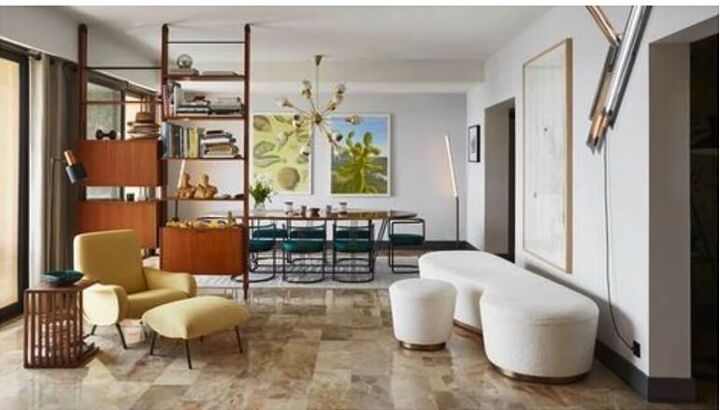




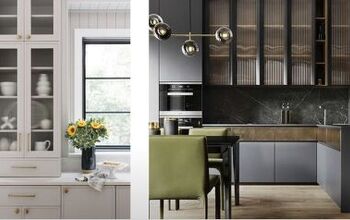
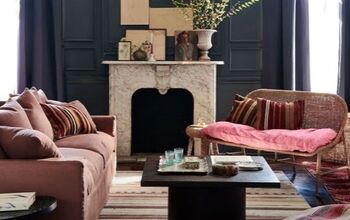

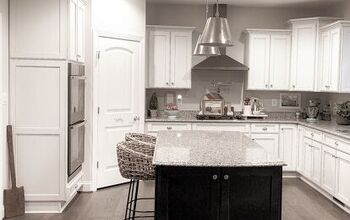
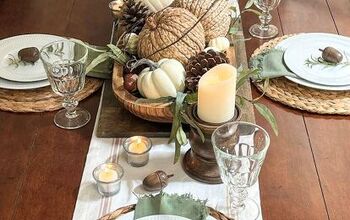
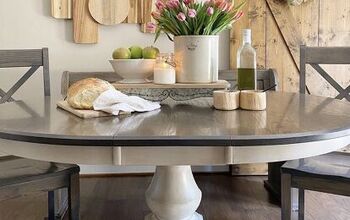
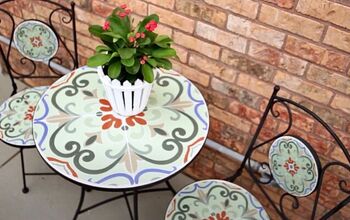
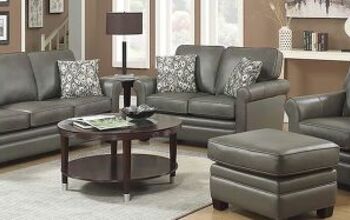
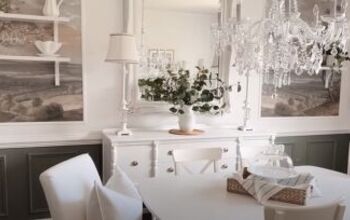
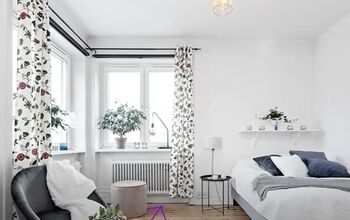
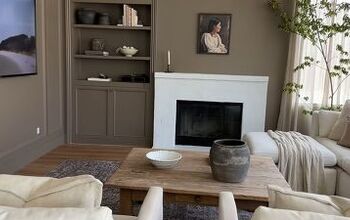

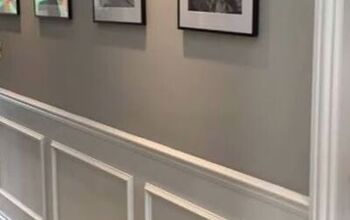


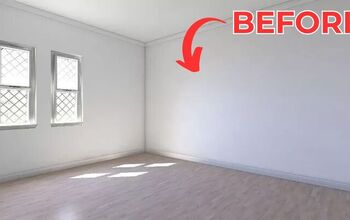


Comments
Join the conversation